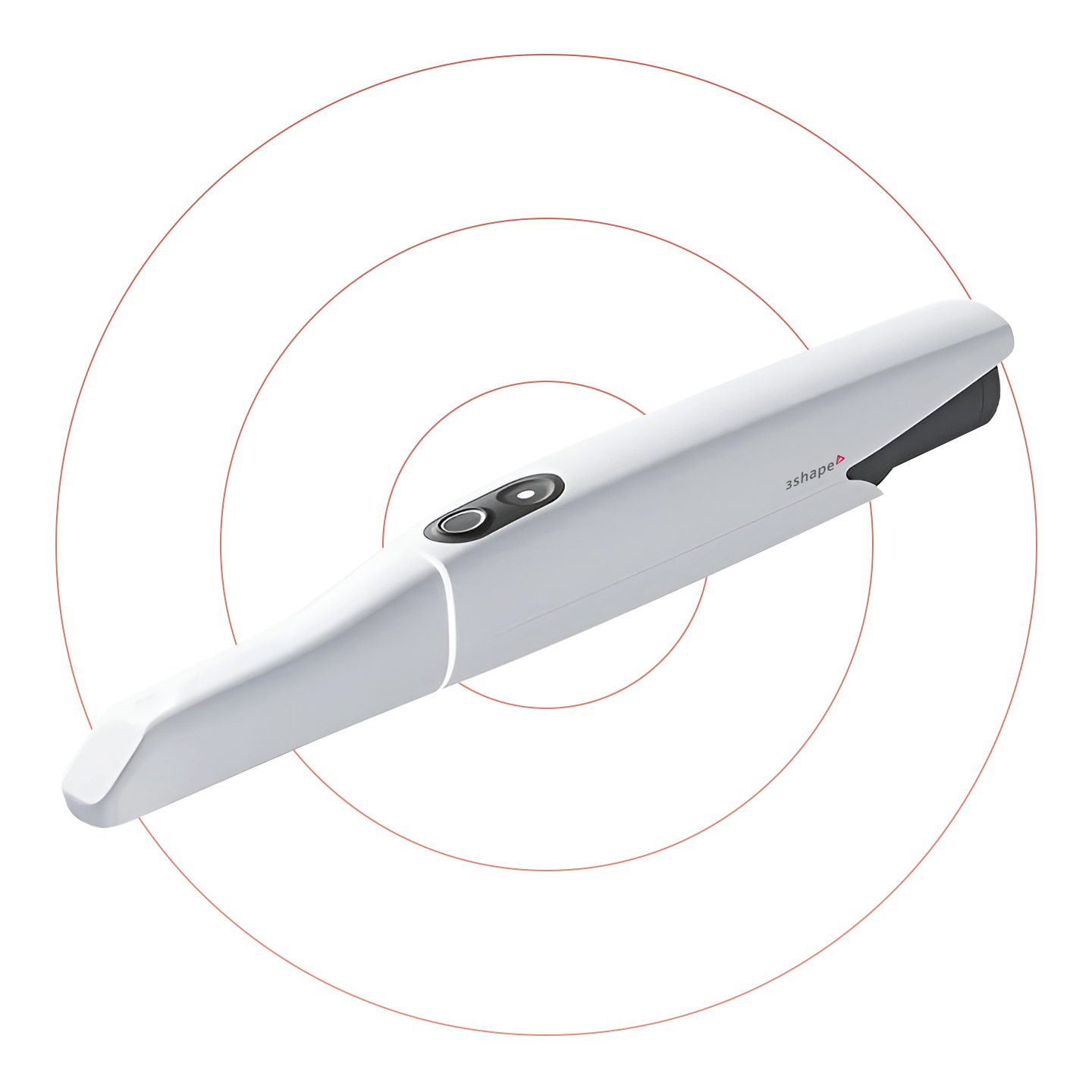Mastering the Art of Clear Aligner Treatment Planning
Clear aligner treatments have become a game-changer in modern dentistry, offering patients a discreet, effective, and comfortable way to achieve a healthier smile. For dental professionals, integrating this service successfully into their practice requires more than just offering aligners. The key lies in meticulous treatment planning, which ensures effective outcomes, patient satisfaction, and long-term success for your dental practice.
This guide will break down the critical components of clear aligner treatment planning, from case selection to patient education, empowering you to deliver predictable and confident care.
The Growing Popularity of Clear Aligners
Clear aligners are increasingly becoming a preferred choice for patients with mild to moderate orthodontic needs. This surge in demand is not surprising, considering they offer major advantages over traditional braces. They are removable, nearly invisible, and more comfortable, making them a top choice for adults and teens alike.
However, achieving excellent results with clear aligners requires careful planning. Unlike traditional braces that rely on physical adjustments, clear aligners depend on a finely tuned treatment design to guide each step of tooth movement. This makes treatment planning the heart of successful clear aligner therapy.
Why Treatment Planning Matters
A well-structured treatment plan optimizes the path to the desired outcome, minimizes errors, and ensures predictable tooth movements. Crucially, treatment planning helps streamline decision-making for both the dental team and the patient. Here's a closer look at the essential components.
1. Case Selection is the Foundation
Not every case is suitable for clear aligners, and selecting the right candidates is pivotal to the treatment's success.
Key Criteria for Case Selection:
- Mild-to-Moderate Malocclusion
Ideal conditions include cases of mild crowding, spacing, rotations, or crooked teeth. Patients with complex issues, such as severe skeletal discrepancies or more advanced forms of malocclusion, may require traditional braces or surgical intervention.
- Rule of 3
This easy-to-follow guideline enhances predictability: - Avoid Class III malocclusions, which may have a skeletal component.
- Limit the number of crossbite cases to fewer than three teeth.
- Ensure no movement adjustment exceeds 3 millimeters.
Identifying candidates early during chairside consultations not only builds confidence in your expertise but also sets the stage for realistic outcomes.
2. Using Digital Tools for Treatment Plan Design
The advent of digital orthodontic tools has dramatically transformed how dentists craft treatment plans. These tools allow customized alignment plans tailored to individual patients while maintaining accuracy and efficiency.
Benefits of Digital Treatment Planning:
- 3D Visualization
Digital simulations provide a detailed preview of projected tooth movements. These visualizations are not only helpful for dentists but also serve as a powerful tool for patient communication, showing them the planned progression of their treatment. - Precision in Tooth Movement
Platforms like SoftSmile or similar systems allow specific adjustments for teeth, ensuring controlled and precise aligner therapy. Optimizing your plan digitally reduces the margin for error and boosts confidence in the treatment protocol. - Streamlined Workflows
By leveraging digital tools, dentists can significantly shorten the time between case diagnosis and treatment initiation, improving overall efficiency and patient satisfaction.
3. Collaborative Decision-Making and Review
Effective treatment planning doesn’t end with the design phase. Consultation and collaboration with experienced partners or orthodontists can elevate the level of care offered at your practice.
Make Use of Support Systems:
- Work with labs or treatment planning services that allow input and modifications based on your preferences.
- Harness feedback from board-certified orthodontists for complex or borderline cases.
4. Empowering Patients Through Education
One of the most overlooked yet crucial aspects of clear aligner treatment success is patient adherence. Patients play a key role in ensuring treatment outcomes are reached, making education and communication paramount.
Best Practices in Patient Communication:
- Set Clear Expectations:
Use visual aids and detailed explanations to help patients understand how their teeth will move and what they need to do to achieve these results.
- Explain the Importance of Compliance:
Aligners need to be worn for 20–22 hours a day for optimal effectiveness. Reinforce this during every conversation to minimize treatment delays. - Focus on Oral Health Benefits:
Beyond straightening teeth and improving aesthetics, explain how aligner therapy can benefit oral health. Reduced crowding means easier cleaning, resulting in fewer cavities and less risk of gum disease.
5. Monitoring Progress with Regular Check-Ups
Treatment doesn’t stop once aligners are handed over. Regular monitoring ensures proper progression and quick identification of potential issues.
Steps to Monitor Progress:
- Schedule patients for checks approximately every 6 to 8 weeks. During these visits, assess tooth movement and address any concerns.
- For serious compliance or progress issues, collect new digital impressions to refine and adjust the treatment plan.
Timely interventions during treatment help keep outcomes predictable and reduce the likelihood of significant mid-course corrections.
6. Ensuring Retention Post-Treatment
Retention is a crucial final step that ensures all the hard work in aligning teeth isn’t undone. Fabricate high-quality retainers to help patients maintain their new smile.
Retention Tips:
- Offer fixed retainers for high-risk areas, such as lower front teeth, which are prone to relapse.
- Educate patients on the importance of wearing their retainers as directed to avoid unwanted movement.
Integrating Clear Aligners into Your Practice
Adding clear aligner therapy to your range of services can transform your practice, both in terms of patient outcomes and financial growth. Here’s how you can get started:
- Train Your Team
Ensure your staff is well-versed in clear aligner protocols, patient communication, and the use of digital tools. Consistency in knowledge across your team is key to creating a seamless patient experience. - Commit to Education
Stay updated on the latest tools, strategies, and research in aligner therapy by attending workshops or partnering with manufacturers. - Simplify Workflow with Technology
Use platforms that streamline tasks such as treatment planning, patient tracking, and communication while maintaining accuracy. - Focus on Patient Experience
Clear aligner therapy is more than a clinical service; it’s a customer-focused offering. Create a patient experience that is informative, supportive, and caring at every touchpoint.
Final Thoughts
Clear aligner treatment is an incredible opportunity to elevate your dental practice and meet the demands of today’s patients. The success of this innovative therapy, however, lies in meticulous planning, thoughtful patient education, and leveraging modern technologies to deliver precision care.
By mastering treatment planning, you not only position your practice as a leader in orthodontic solutions but also give your patients the confidence that their smiles are in expert hands. With careful execution, clear aligners can become a backbone of your practice’s growth and reputation.


